In the era leading up to World War II, Hitler's Nazi party used motorsport as a way to advance their theories of Aryan supremacy. They encouraged German manufacturers financially, both directly and via contracts for other services to participate in International automobile and motorcycle racing. The result was that in the 1930s, Mercedes and Auto Union dominated Grand Prix racing and BMW took the two biggest prizes in motorcycle racing. Ernst Henne rode various BMWs to break the World Motorcycle Land Speed Record in 1932-34-5-6-7. Henne's '37 record would stand for 14 years. In 1939, Georg Meier and Jock West finished 1-2 in the Isle of Man Senior Tourist Trophy race, the world's most prestigious 2-wheel event. Both Henne's last record and the 1939 TT winner used a traditional BMW opposed twin fitted with dual overhead cams and a supercharger. Victories like these reverberated worldwide and in the U.S. In 1939, the BMW importer in New York, Emil Recke, wanted a racing BMW. Because of his factory relationship, he was able to secure a factory-modified R51. This was one of 17 that were intended to be loaned to known BMW privateers in Europe, and Recke was lucky to be able to purchase it. Because of American Motorcycle Association Class C rules it was not supercharged and retained the pushrod heads, but the frame, forks and swing arm were derived from the Tourist Trophy bikes. Recke entered rider Joe Tomas at the Daytona 200 in 1940 and 1941. There was also an incident at an AMA 100 mile championship race at Langhorne, Pennsylvania, a one mile circular dirt oval then known as the "Indianapolis of the East". Tomas set what trackside observers felt was the fastest qualifying lap, which would have won him a gold watch, but the officials claimed the timing mechanism had failed and his time was disallowed. Many thought Tomas had been penalized because of prejudice against his German bike during the run up to World War II. After the war began late in 1941, Recke decided to sell the motorcycle. It went to racer Rody Rodenberg who lived in Indianapolis. Rodenberg first titled it in Indiana on May 9, 1942. This was a fitting purchase for Rodenberg, who was a well known Harley hater. During his career he rode BMW, Indian and Triumph, but never one of Milwaukee's finest. While the complete race record of this incredible BMW is yet to be unearthed, it is known that Rodenberg won a dirt race in Indianapolis. He also competed at the Daytona 200 from 1947 through 1952 and photographs show him on this bike. He retained the motorcycle for over half a century until it was sold on to another Indianapolis resident, Richard Moore in 1993. The vendor acquired the R51 a year later. The documentation for this unrestored example of a pre-war, factory prepared BMW racer is a treasure trove that any private investigator would be proud of. The keystone is the Certificate of authenticity from BMW Mobile Tradition, the historic arm of the factory that maintains their archives. It shows a date of completion of July 27, 1939 and consignment to the shipper in Hamburg the next day. Among the documentation are three pieces of correspondence between Rodenberg and Recke regarding the purchase of the bike and also a post card concerning the same matter. These are dated August and September of 1942. Rodenberg's AMA competition licenses from 1951-2-3 are also included, as well of a clipping with a picture of his Indianapolis win on the bike. Among the treasures are various pictures of Rodenberg and the R51 at Daytona in period and other miscellaneous documents and photographs including Rodenberg's AMA armband. There are even photographs of Rodenburg with Richard Moore on the day the bike changed hands in 1993. The BMW is also referenced in books like Stephen Wright's American Racer and Don Emde's Daytona 200. The bike itself is an artifact of another age. It remains unrestored and the number plate appears to be the same as was in the period pictures of Rodenberg at Dayt
In the era leading up to World War II, Hitler's Nazi party used motorsport as a way to advance their theories of Aryan supremacy. They encouraged German manufacturers financially, both directly and via contracts for other services to participate in International automobile and motorcycle racing. The result was that in the 1930s, Mercedes and Auto Union dominated Grand Prix racing and BMW took the two biggest prizes in motorcycle racing. Ernst Henne rode various BMWs to break the World Motorcycle Land Speed Record in 1932-34-5-6-7. Henne's '37 record would stand for 14 years. In 1939, Georg Meier and Jock West finished 1-2 in the Isle of Man Senior Tourist Trophy race, the world's most prestigious 2-wheel event. Both Henne's last record and the 1939 TT winner used a traditional BMW opposed twin fitted with dual overhead cams and a supercharger. Victories like these reverberated worldwide and in the U.S. In 1939, the BMW importer in New York, Emil Recke, wanted a racing BMW. Because of his factory relationship, he was able to secure a factory-modified R51. This was one of 17 that were intended to be loaned to known BMW privateers in Europe, and Recke was lucky to be able to purchase it. Because of American Motorcycle Association Class C rules it was not supercharged and retained the pushrod heads, but the frame, forks and swing arm were derived from the Tourist Trophy bikes. Recke entered rider Joe Tomas at the Daytona 200 in 1940 and 1941. There was also an incident at an AMA 100 mile championship race at Langhorne, Pennsylvania, a one mile circular dirt oval then known as the "Indianapolis of the East". Tomas set what trackside observers felt was the fastest qualifying lap, which would have won him a gold watch, but the officials claimed the timing mechanism had failed and his time was disallowed. Many thought Tomas had been penalized because of prejudice against his German bike during the run up to World War II. After the war began late in 1941, Recke decided to sell the motorcycle. It went to racer Rody Rodenberg who lived in Indianapolis. Rodenberg first titled it in Indiana on May 9, 1942. This was a fitting purchase for Rodenberg, who was a well known Harley hater. During his career he rode BMW, Indian and Triumph, but never one of Milwaukee's finest. While the complete race record of this incredible BMW is yet to be unearthed, it is known that Rodenberg won a dirt race in Indianapolis. He also competed at the Daytona 200 from 1947 through 1952 and photographs show him on this bike. He retained the motorcycle for over half a century until it was sold on to another Indianapolis resident, Richard Moore in 1993. The vendor acquired the R51 a year later. The documentation for this unrestored example of a pre-war, factory prepared BMW racer is a treasure trove that any private investigator would be proud of. The keystone is the Certificate of authenticity from BMW Mobile Tradition, the historic arm of the factory that maintains their archives. It shows a date of completion of July 27, 1939 and consignment to the shipper in Hamburg the next day. Among the documentation are three pieces of correspondence between Rodenberg and Recke regarding the purchase of the bike and also a post card concerning the same matter. These are dated August and September of 1942. Rodenberg's AMA competition licenses from 1951-2-3 are also included, as well of a clipping with a picture of his Indianapolis win on the bike. Among the treasures are various pictures of Rodenberg and the R51 at Daytona in period and other miscellaneous documents and photographs including Rodenberg's AMA armband. There are even photographs of Rodenburg with Richard Moore on the day the bike changed hands in 1993. The BMW is also referenced in books like Stephen Wright's American Racer and Don Emde's Daytona 200. The bike itself is an artifact of another age. It remains unrestored and the number plate appears to be the same as was in the period pictures of Rodenberg at Dayt
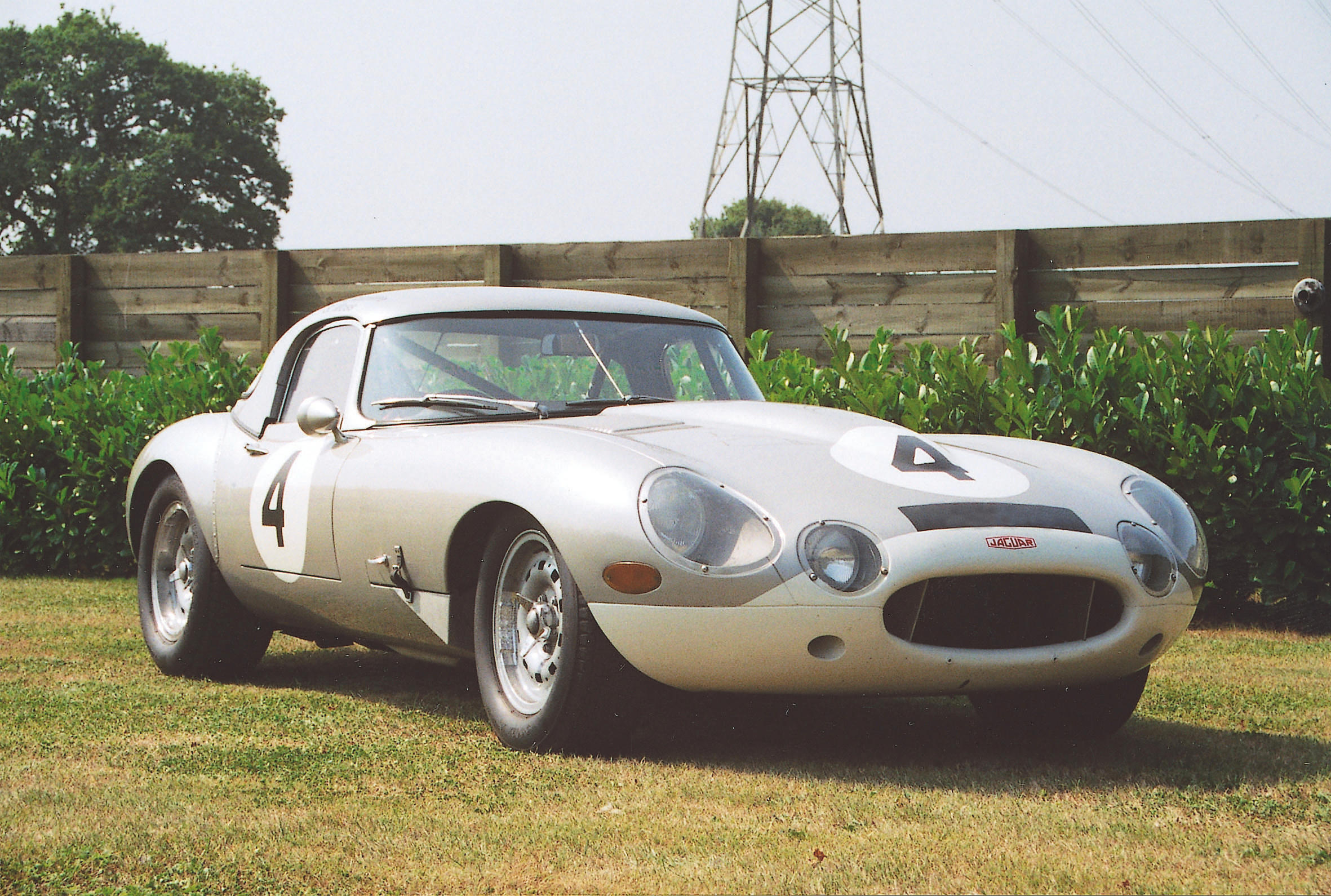
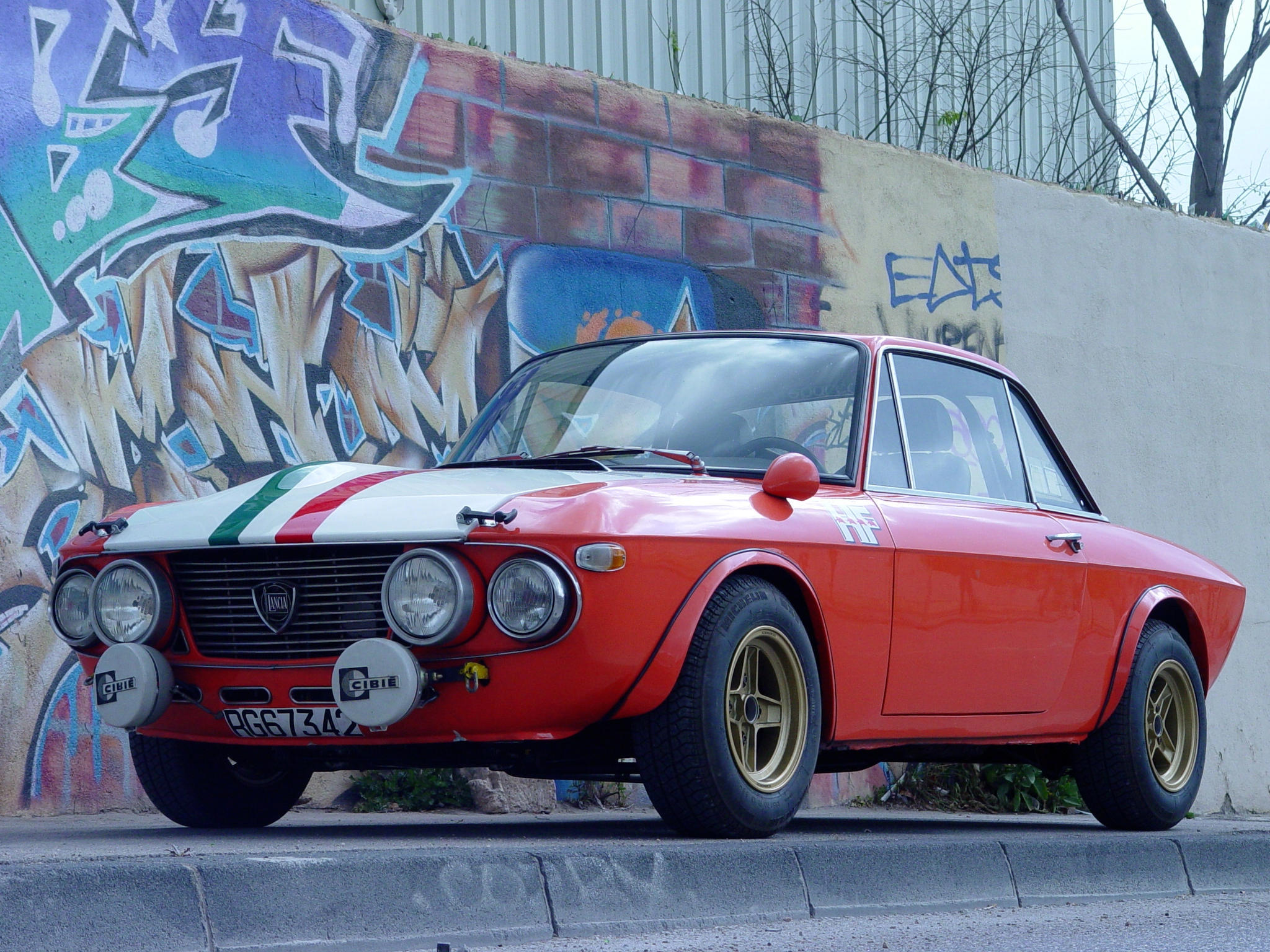

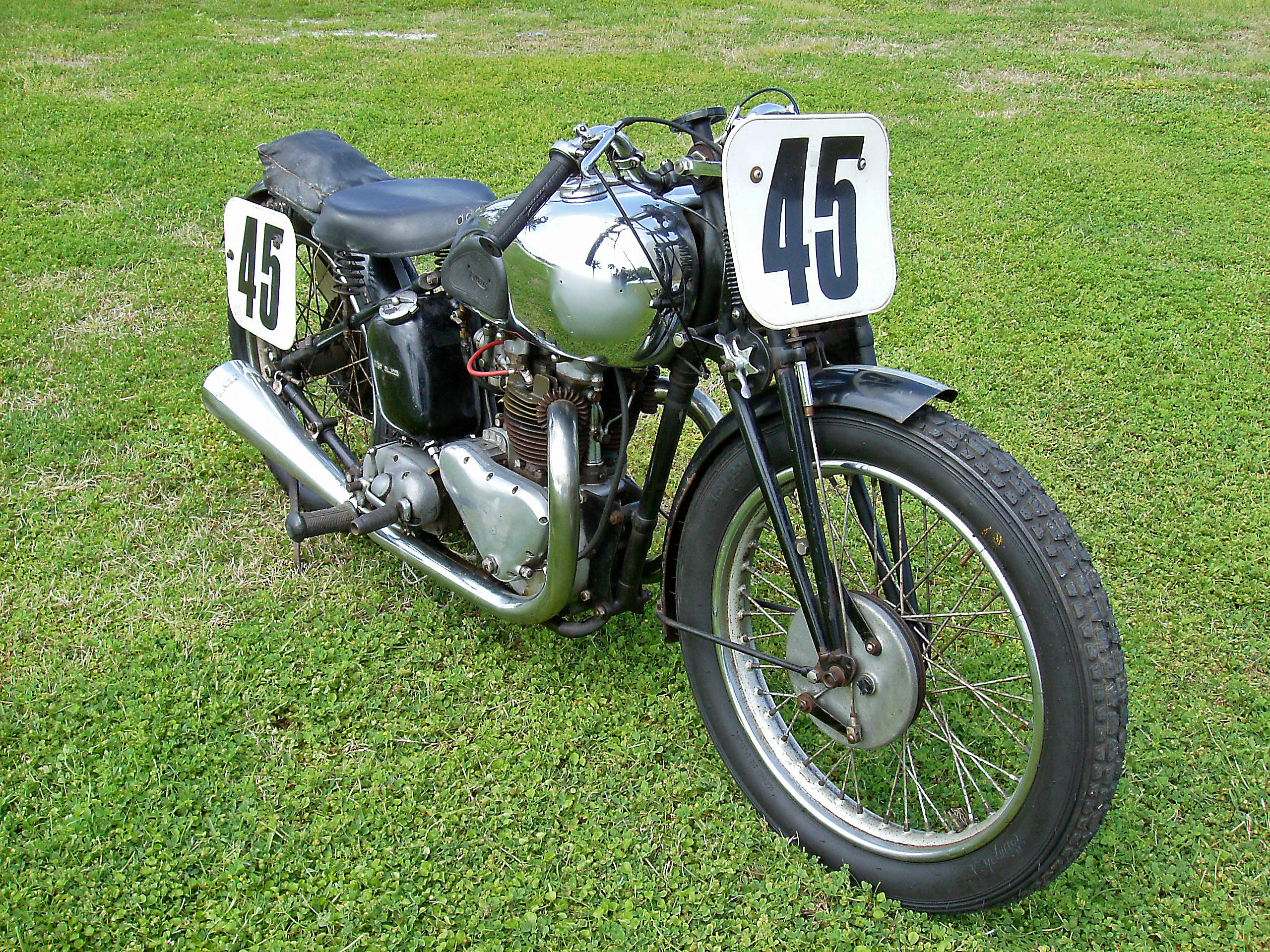
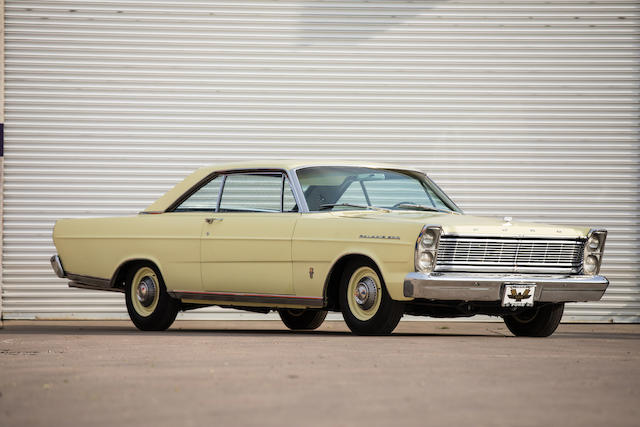
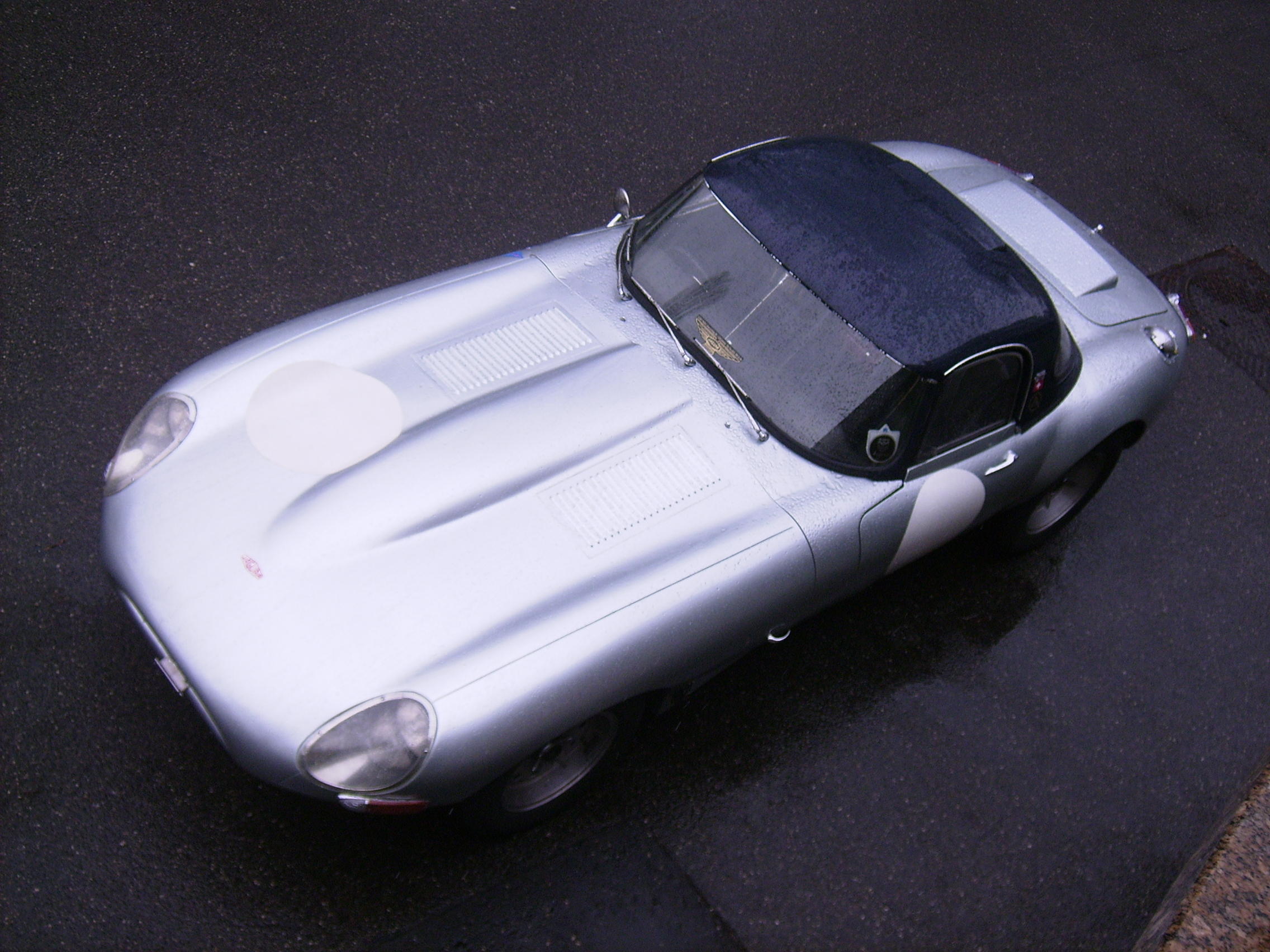


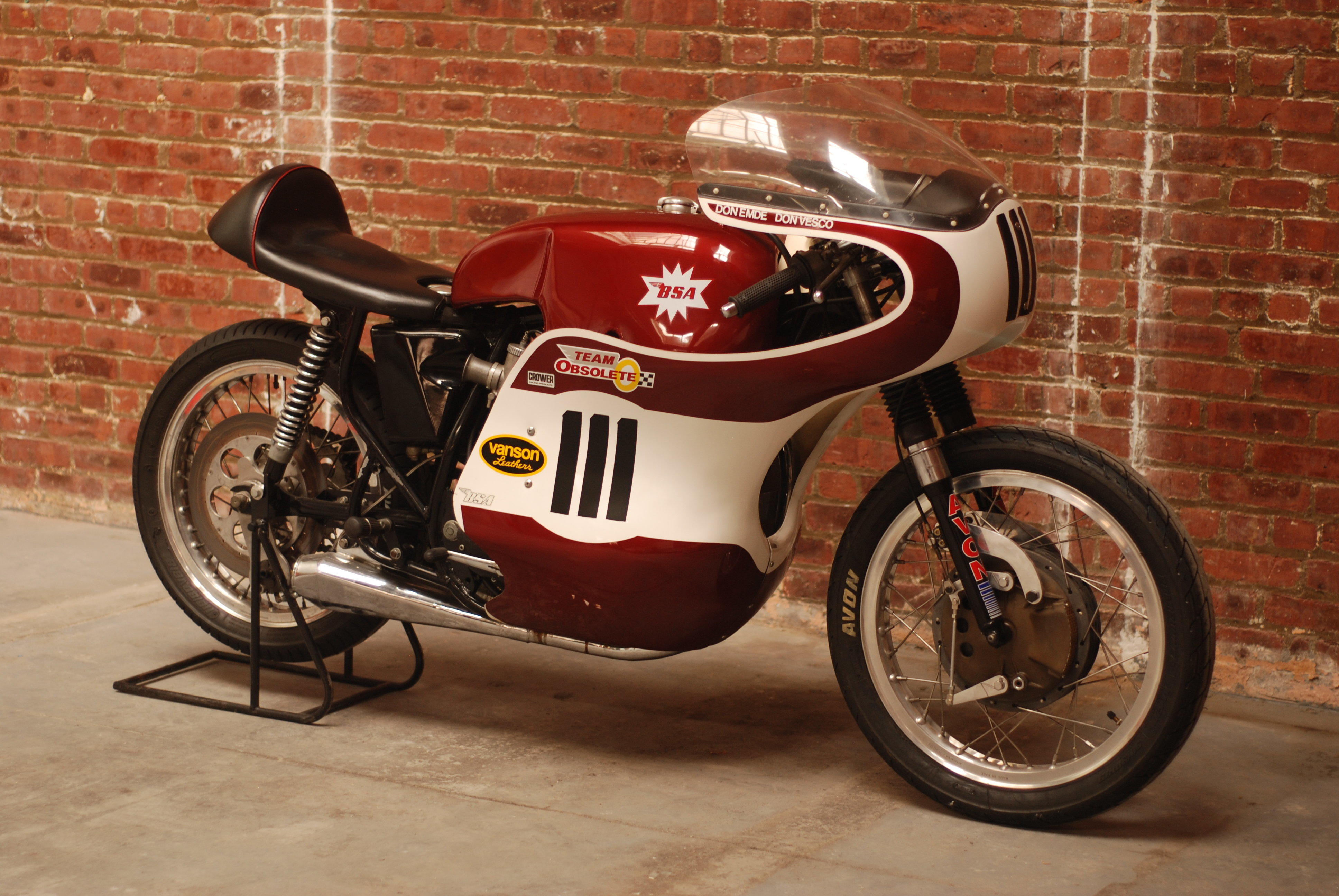

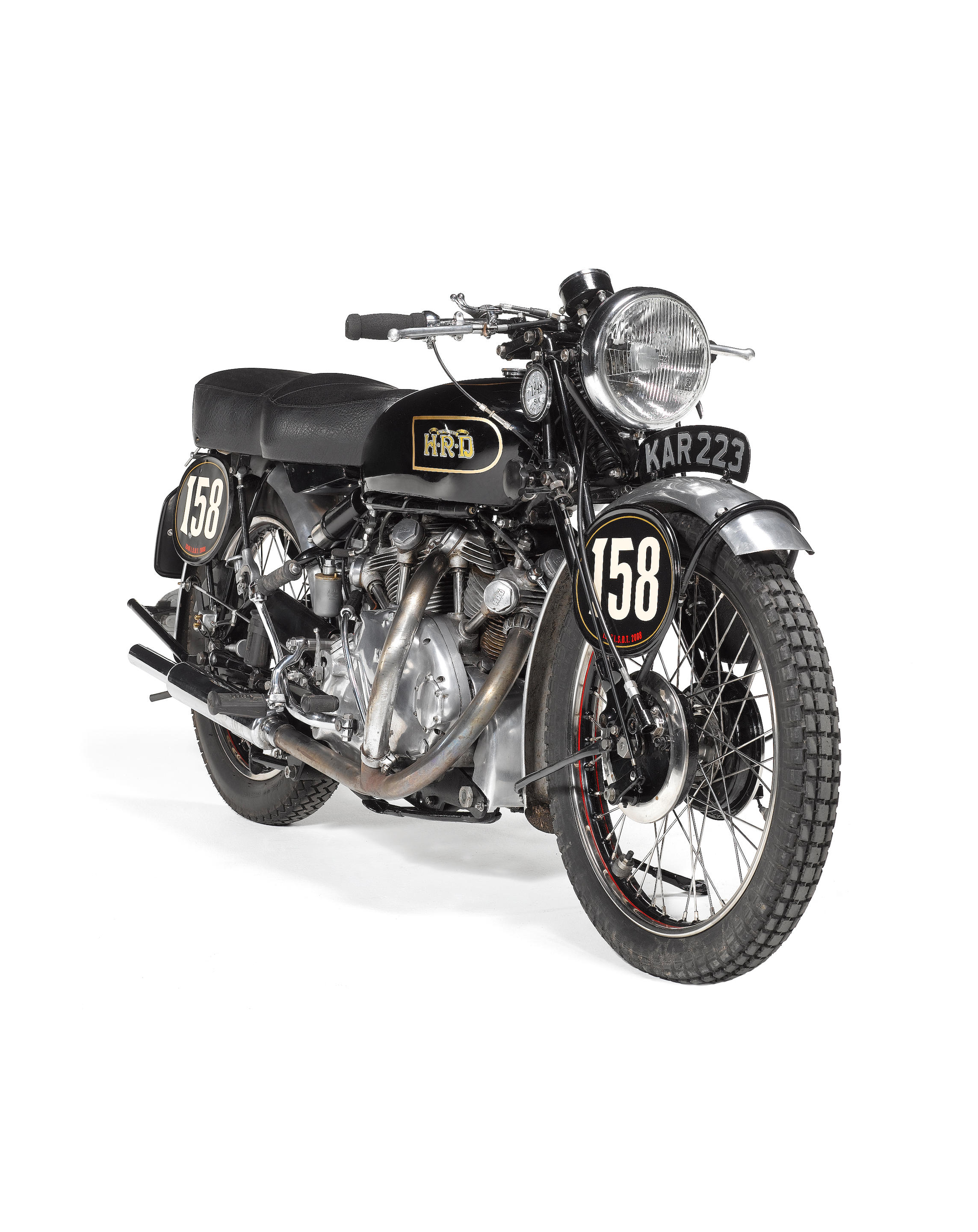
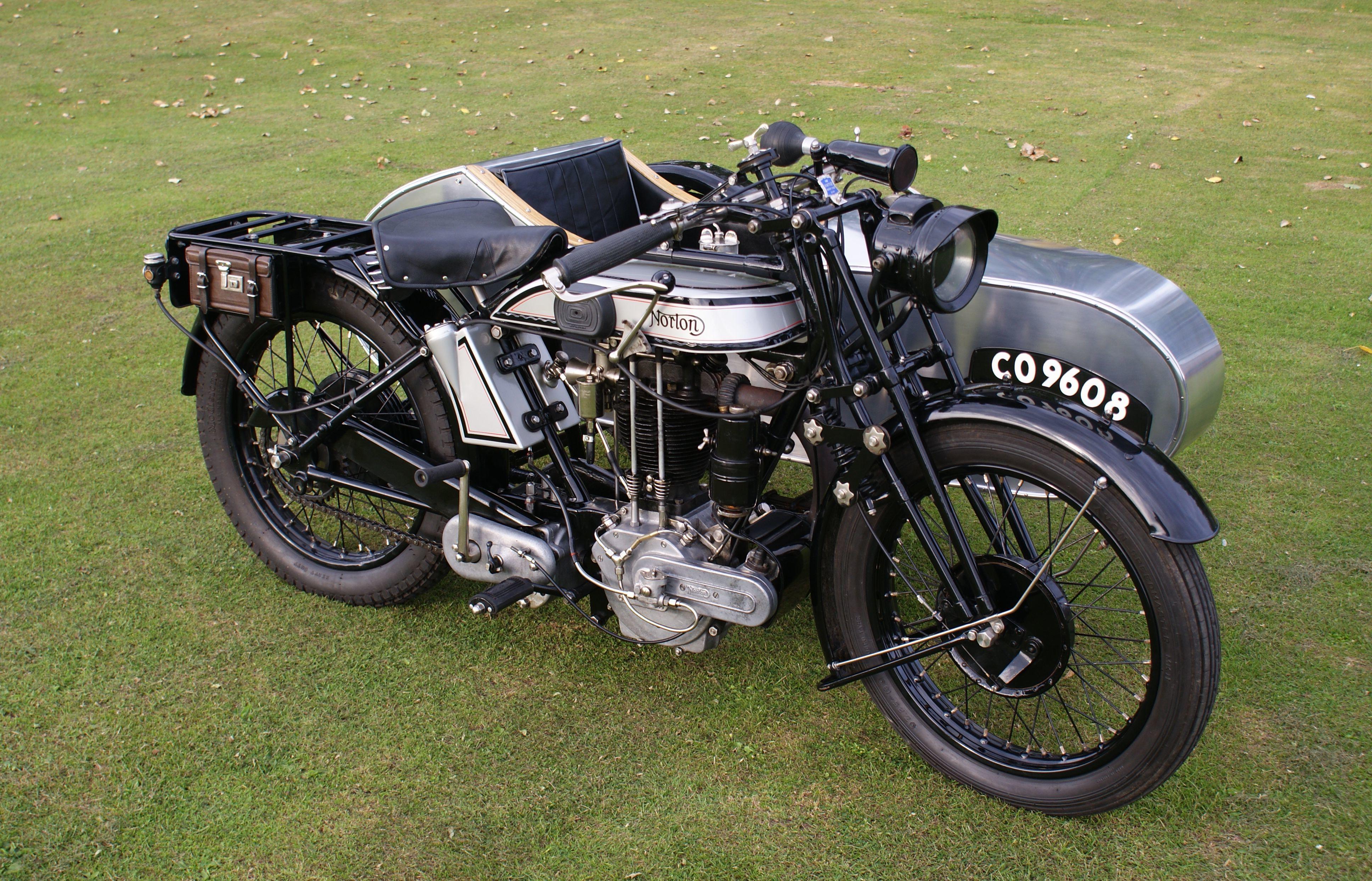


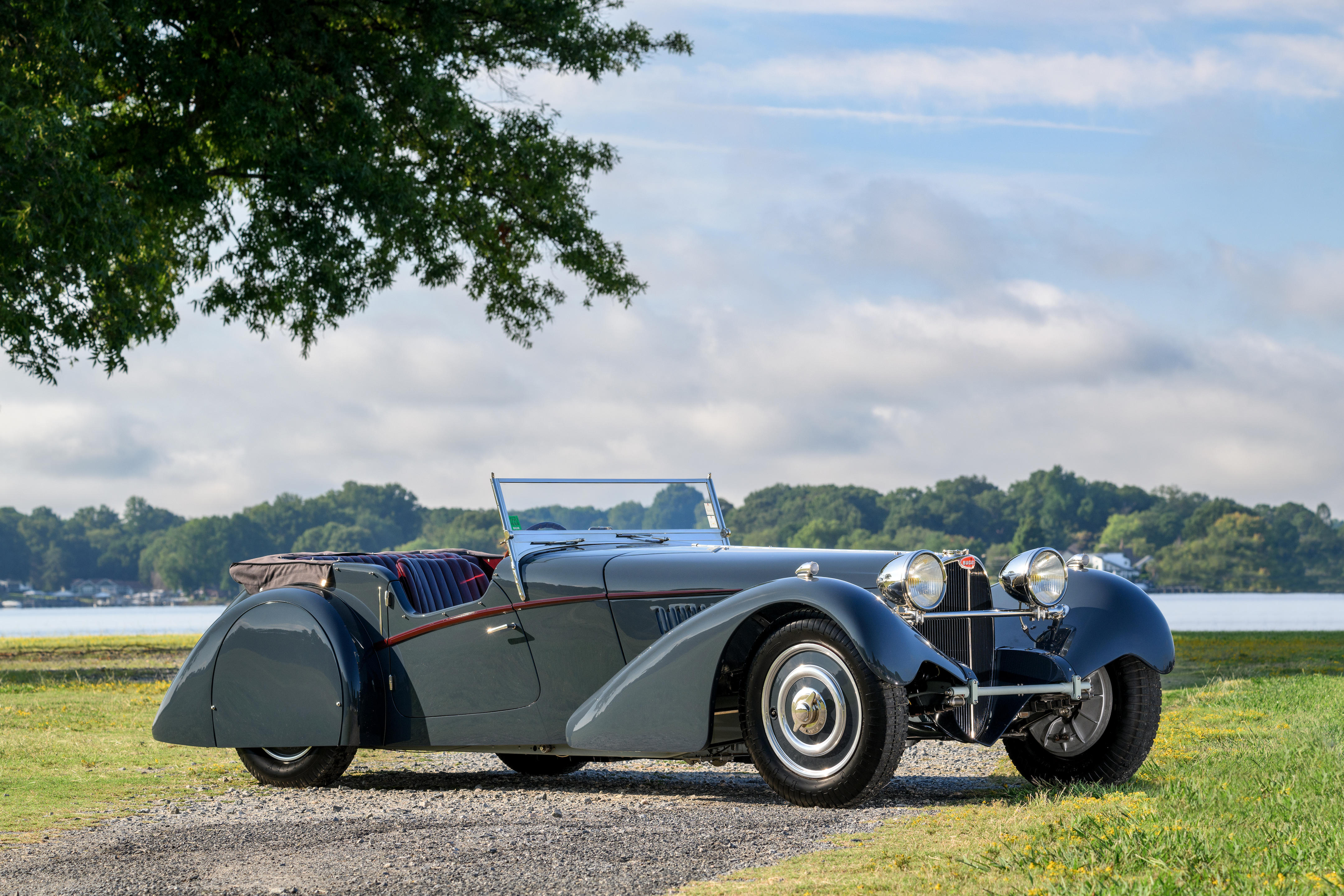
Testen Sie LotSearch und seine Premium-Features 7 Tage - ohne Kosten!
Lassen Sie sich automatisch über neue Objekte in kommenden Auktionen benachrichtigen.
Suchauftrag anlegen